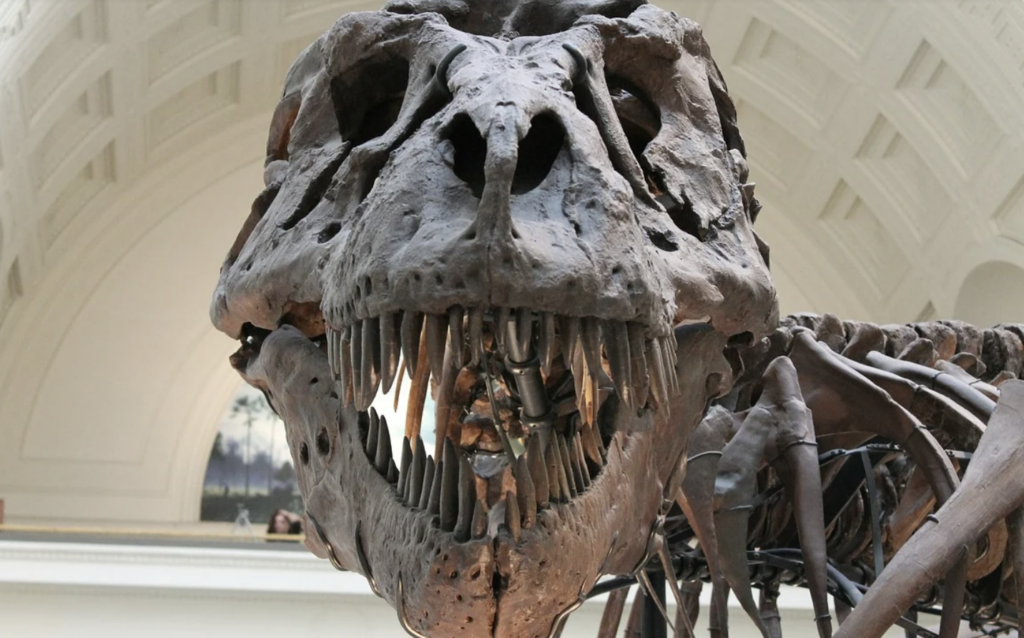The De-Extinction Of Long Gone Animals Has Become A Reality
It was once thought that extinct animals were gone for good. However, that changing with the emergence of de-extinction technology.
This article is more than 2 years old

In 2022, it’s common knowledge that certain animals on Earth don’t exist anymore. Tasmanian devils, dodo birds, and other kinds of ancient wildlife are all relics of the past, with many of us aware that their existence will forever be restricted to history books and internet sources. But, what if researchers, historians, and biologists were wrong about certain species being extinct? A new possibility of de-extinction has popped up with the research on a long-lost animal.
Hank Greely, a law professor at the prestigious Stanford University, hosted a talk back in 2013. His speech was based on the concept of de-extinction, or, bringing about an animal from the dead. Though this concept feels abundantly unrealistic, a new startup called Colossal has decided to fund Greely’s philosophical and scientific project. This de-extinction opportunity will focus on the thylacine or Tasmanian tiger, the long-gone marsupial indigenous to Australia.
Many might be familiar with the Tasmanian tiger by the Taz character from Looney Tunes. Though Taz is a fictional cartoon, his animalistic design comes from this extinct marsupial from Oceania. The Tasmanian tiger was hunted to extinction in the early 1900s, similar to other human-led species’ disappearances. Scientists are ready to correct these historical wrongdoings by attempting the de-extinction process with thylacines.
Though Greely and the tech startup Colossal are ready to tackle this futuristic de-extinction process, scientists worldwide are divided on the concept. Some people believe that, with climate change and irrevocable pollution, environmentalists and biologists should focus on a different subject rather than resurrection. Other scientists believe that de-extinction could lead to tangential solutions that could aid in the prosperity of humankind.
But even the definition of de-extinction is a topic of considerable debate; scientists are torn on what the term actually means since its definition implies a reversal of a specific species’ disappearance. Critics believe that de-extinction as a term lacks nuance and doesn’t involve the necessary steps that would need to be implemented to create legitimate reproduction. The idea of de-extinction often undermines the current ecological factors that have led to a species vanishing from the planet. Organizations attempting de-extinction would have to construct proper “breeding strategies” to perform an actual reversal of an animal’s disappearance.
International Union for the Conservation of Nature refuted the de-extinction definition of reversal, stating that a group could never fully reverse an animal’s departure. Instead, the organization created guidelines for a de-extinction plan without using that word. The guidelines developed by the group are for “creating proxies of extinct species,” which is a more realistic look into resurrection. The organization knows that undoing extinction is impossible, so an intentional terminology switch is needed before following through with this scientific venture.
Colossal’s plan of de-extinction follows the International Union for the Conservation of Nature’s guidelines. The startup already knows that they can’t perfectly replicate a thylacine but instead are looking to resurrect a proxy of the animal. Scientists know that current technology won’t allow resurrection by utilizing a deceased animal’s DNA, but new tech that manipulates DNA is being created and improved daily. When finalized, this tech could ultimately produce a thylacine-like animal into existence.




